Why are old growth trees being logged?
Who hasn’t asked this question? Who hasn’t looked for the truth about old growth forestry? There is a considerable amount of information out there about old growth and the forestry industry created by people who aren’t really in the know. If you’re not in forestry, how would you know? It’s time we changed that.
Here are the hard facts, the truth about forestry you need to know:
The government’s chief forester determines the Timber Supply Areas/ Timber Harvesting Base across the province and allocates an amount that can be cut within the area which is known as the allowable annual cut (AAC).
What does this mean? Well, let’s work from the top down:
In BC, the total land area is 95 million hectares of which 55 million hectares are considered forested.
Of that allocation, the actual land base supporting the forestry sector comprises 22 million hectares (40% of the forested area or 23% of all of BC).
Each year, 200,000 of the 22 million hectares of trees are harvested (.9% of 22 million/ .36% of 55 million).
Are you with us? .36% of the 55 million hectares of BC’s trees is harvested annually. And about ¼ of that amount is defined as old growth.
Now, onto old growth trees specifically.
In BC, there are 13.7 million hectares of old growth trees.
Within that 13.7 million, 10 million hectares will never be logged. This amounts to 72% of old growth forest in British Columbia.
That 10 million is protected as follows: 4 million hectares of old growth trees are protected in parks. The remaining 6 million hectares are protected in various other forms such as old growth reserves and areas for other resource values such as wildlife, birds, cultural values, and hydrological considerations.
That means of the 13.7 million hectares of old growth, only 3.7 million hectares of old growth trees are available for harvest.
Here’s how we’re sustainably logging BC’s forests:
Once any harvesting is done, including old growth trees, three new trees are planted for every tree harvested along with an abundance of natural regeneration. These then become the trees that will be harvested within the 23% of BC, considered our long-term forest land in the future.
So, what does all of this have to do with why we’re logging old growth trees?
There is an abundance of misinformation about the size of old growth forests and what we’re actually logging versus what is protected. People need to know the numbers first before the rest of the information can make sense.
BC’s vast forests support a sector providing a multitude of benefits to over 100,000 workers, 140 resource communities and families who depend on the longevity of our forests. They also meet the demand for the world’s most sustainable natural resource, which is also the best option for combating climate change.
In addition, tax revenues generated through the small amount of annual harvest supports many services the province and society demand such as hospitals, recreation centres and schools. By supporting the annual harvest with old growth stands and emerging second growth stands, we can continue to support BC’s communities and workers.
Old growth harvesting will carry on into the future and the transition to harvesting a higher proportion of second growth trees (even more than the current 73%) will continue until we eventually fully harvest second growth. This will be achieved while still maintaining, in perpetuity, the majority of BC’s old growth forests.
All old growth is not equal, contrary to common portrayals, the vast majority are not at all close to the images which falsely compare it to that of the majestic trees seen in Cathedral Grove. Therefore, an absolute protection of all remaining old growth will decimate workers’ livelihoods, communities, and the forestry sector without any realistic transition opportunities for most rural communities dependent on forestry.
So, there you have it. This is the truth about old growth logging and forestry in British Columbia. If you want to learn more, check out our social media! We’re sharing #forestrytruth to help people learn more about the industry.
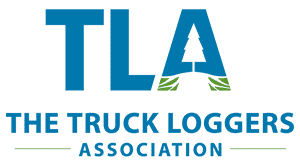

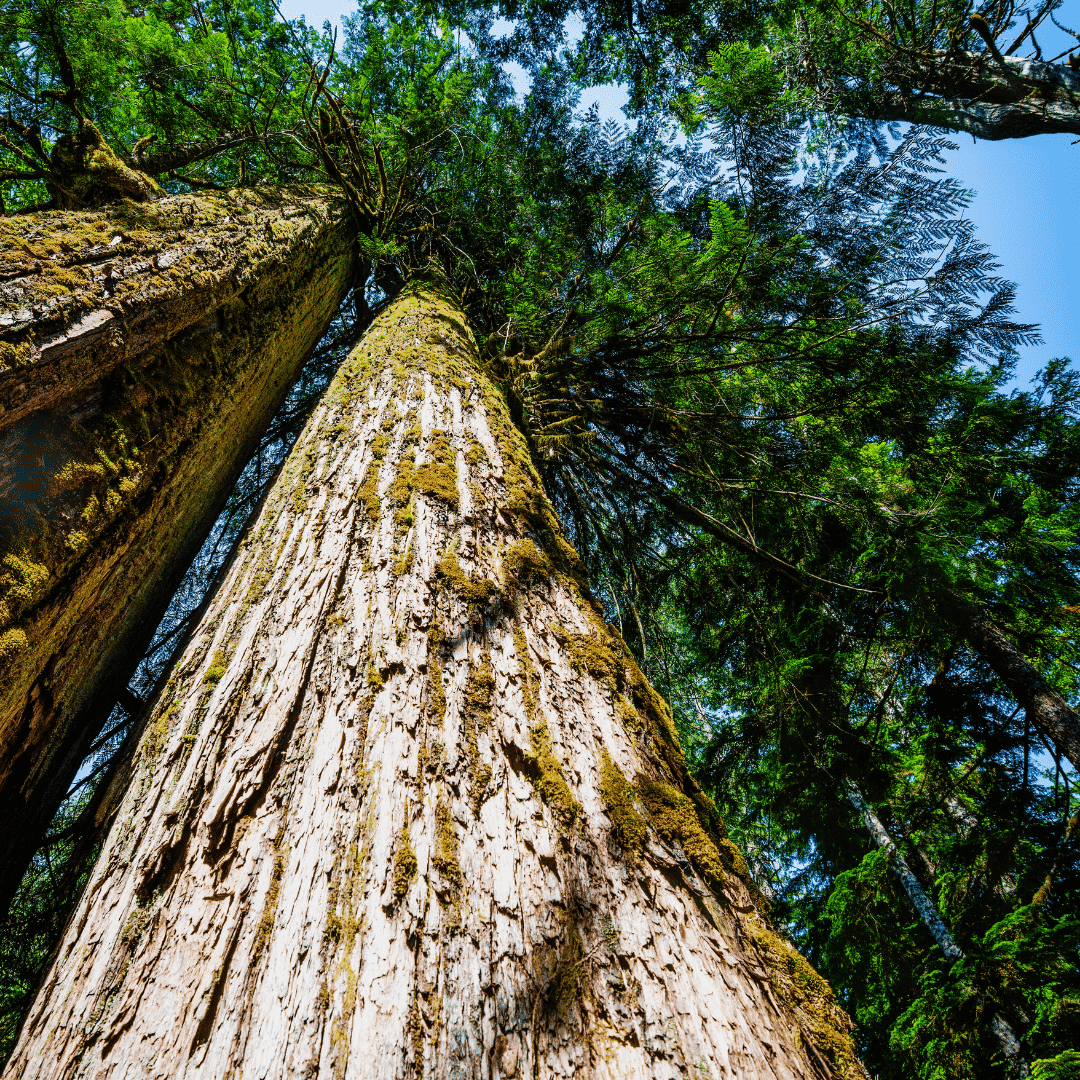
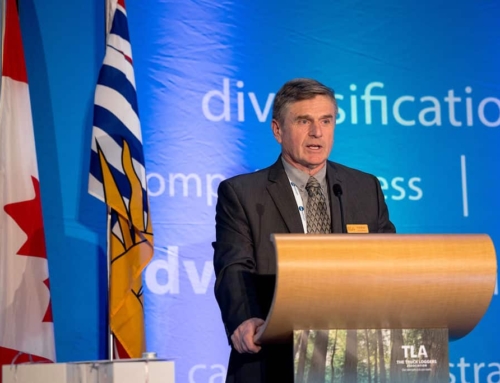
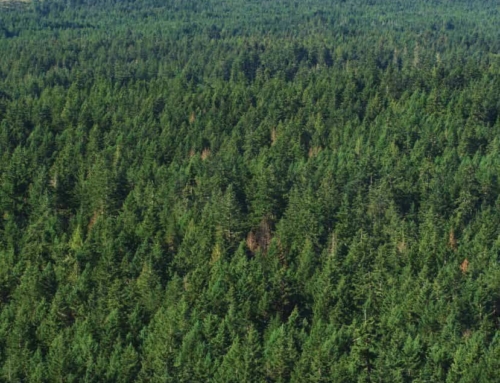
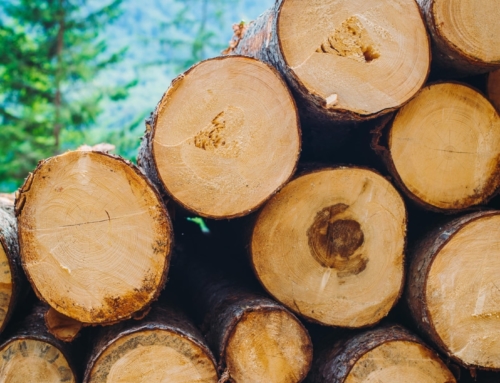




Get Social